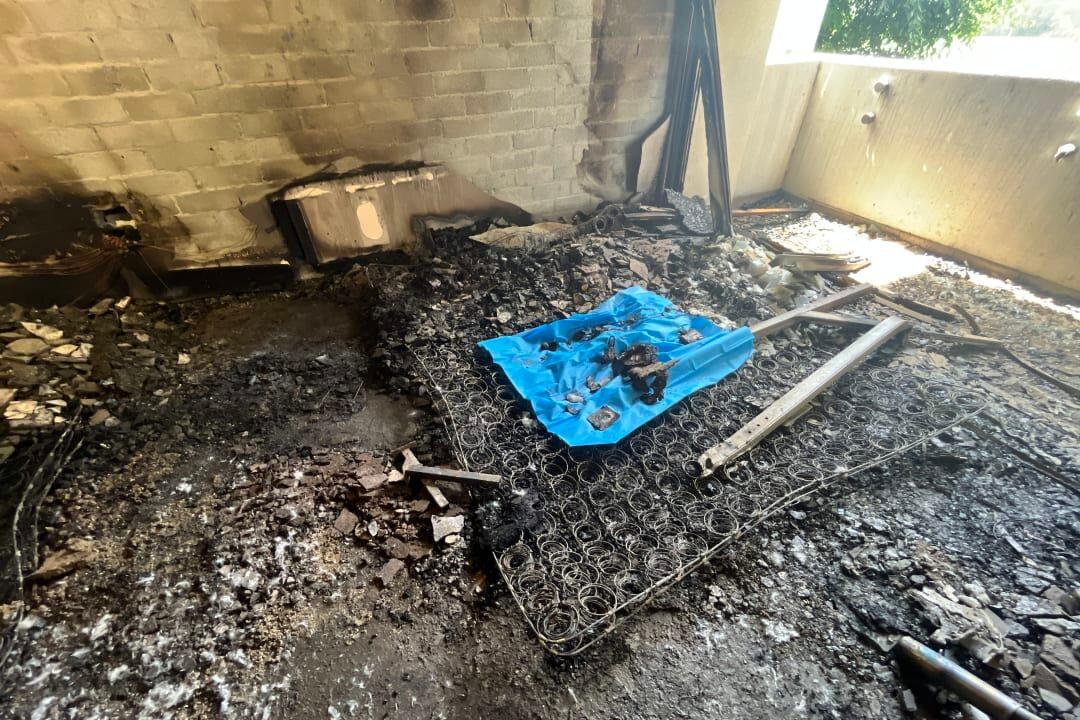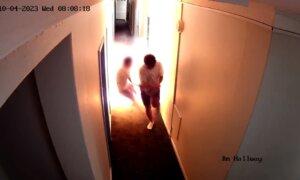Two children have narrowly escaped a hotel fire in Sydney’s Warwick Farm that prompted the evacuation of 100 guests on Jan. 20.
Preliminary investigations suggest the fire may have been caused by a thermal runaway process associated with lithium-ion batteries.
Several rechargeable vapes and other electrical devices were collected at the scene for further examination.
More than 30 firefighters and eight fire trucks responded to the blaze, which broke out just after 1:30 a.m. on the second floor of the hotel located along the Hume Highway in the city’s south-west.
The children were awakened by popping sounds and found their bedside table alight.
Acting quickly, they extinguished a pillow that had caught fire by throwing it into the shower.
However, upon returning to their room, they discovered the mattress ablaze and fled to safety, contacting emergency services.
Fire crews arrived to find smoke emanating from the building as guests evacuated.
Investigation Focusing on Lithium Battery Risks
Fire and Rescue NSW (FRNSW) has warned about the increasing fire hazards posed by lithium-ion batteries in homes, workplaces, and public facilities.“Lithium-ion batteries are among the fastest-growing fire risks in New South Wales,” FRNSW stated.
The organisation recommends installing smoke or heat alarms in areas where batteries are charged or stored, and following safe charging practices to minimise risks.
Guidelines for Safe Use and Charging
To reduce the risk of battery fires, FRNSW advises consumers to prioritise safety throughout the battery’s life cycle.Avoid charging devices on combustible surfaces such as beds or carpets, and ensure they are kept away from flammable materials. Also, batteries should not be charged overnight or left unattended. Once fully charged, disconnect devices promptly.
Consumers are urged to use only chargers supplied with devices, or certified third-party chargers that meet Australian Standards.
Devices should bear the Regulatory Compliance Mark to confirm safety compliance. Faulty or damaged batteries, including those showing swelling, leaking, or overheating, should be discarded immediately.
Proper storage is equally important. Devices should not be exposed to heat or moisture or left in direct sunlight or parked vehicles.
Unsafe or unapproved electrical products can be reported to NSW Fair Trading. For a list of recalled or unsafe items, visit the Australian Competition and Consumer Commission’s Product Safety website.
“Simple steps can protect lives, property, and the community from the growing risks associated with lithium-ion batteries,” FRNSW said.







